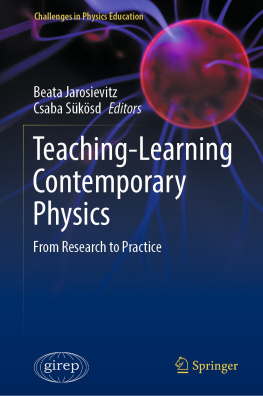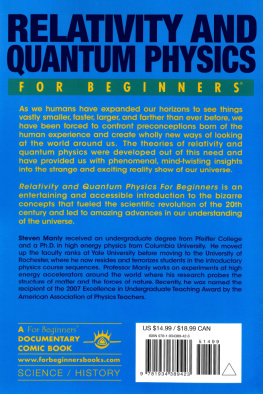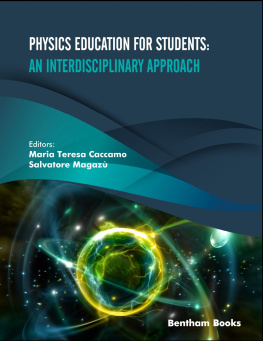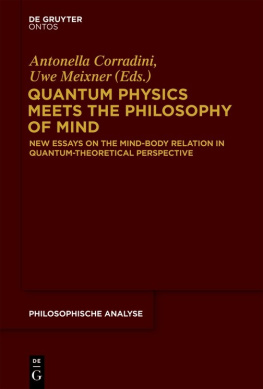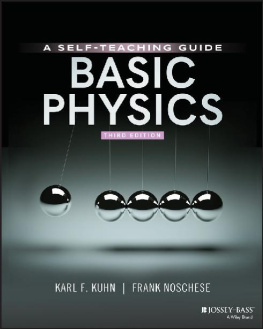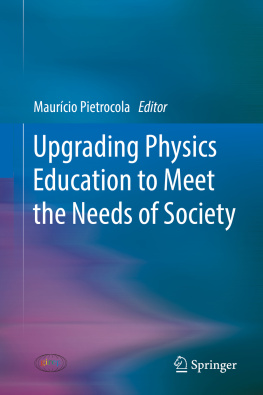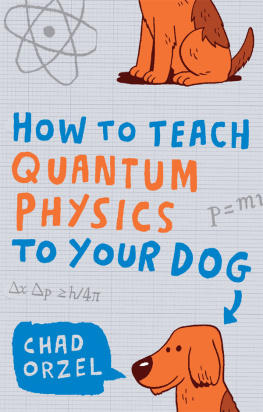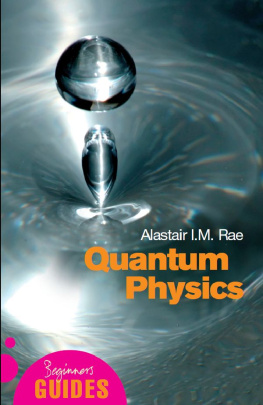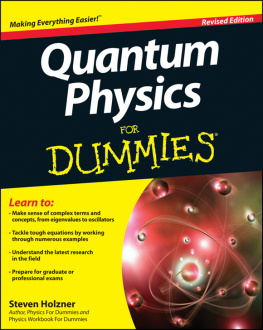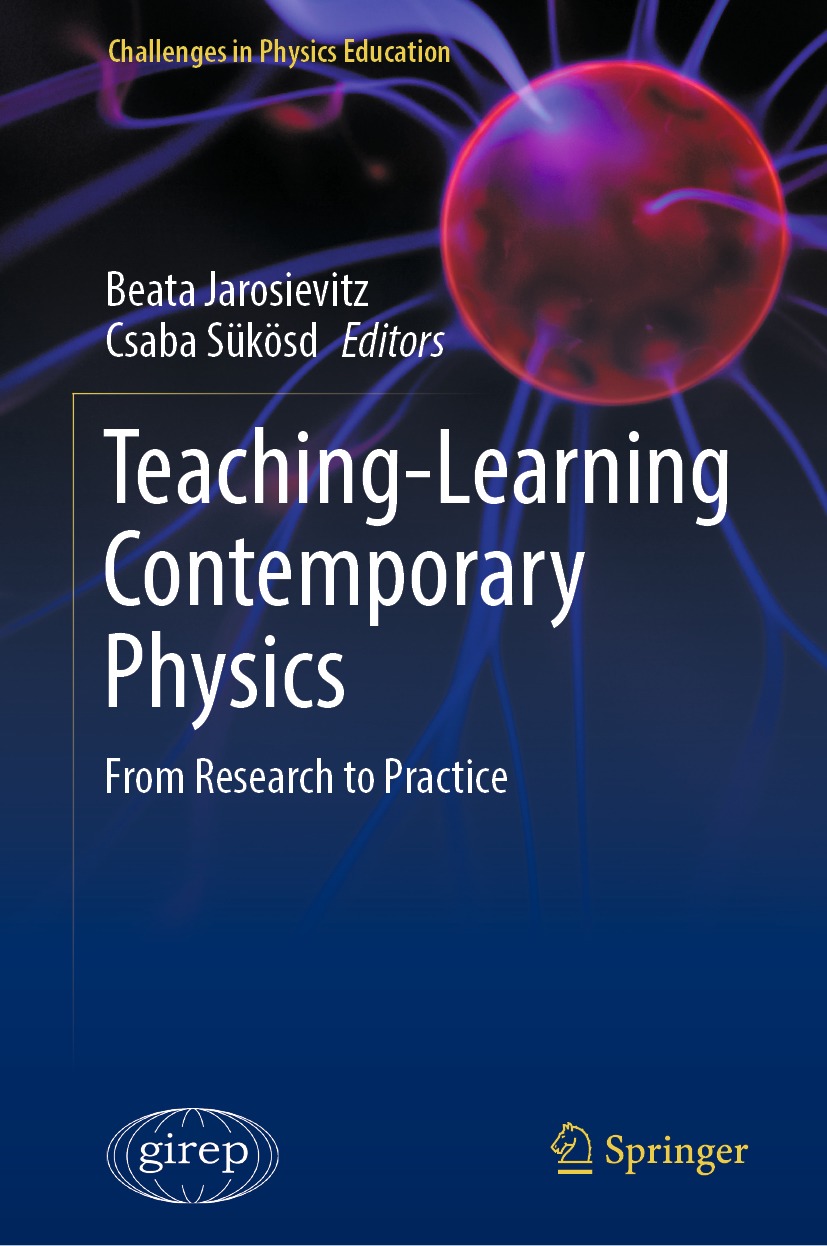Challenges in Physics Education
This book series covers the many facets of physics teaching and learning at all educational levels and in all learning environments. The respective volumes address a wide range of topics, including (but not limited to) innovative approaches and pedagogical strategies for physics education; the development of effective methods to integrate multimedia into physics education or teaching/learning; innovative lab experiments; and the use of web-based interactive activities. Both research and experienced practice will feature prominently throughout.
The series is published in cooperation with GIREP, the International Research Group on Physics Teaching, and will include selected papers from internationally renowned experts, as well as monographs. Book proposals from other sources are entirely welcome.
Challenges in Physics Education addresses professionals, teachers, researchers, instructors and curriculum developers alike, with the aim of improving physics teaching and learning, and thereby the overall standing of physics in society.
Book proposals for this series may be submitted to the Publishing Editor: Marina Forlizzi; email: Marina.Forlizzi@springer.com
More information about this series at http://www.springer.com/series/16575
Editors
Beata Jarosievitz and Csaba Sksd
Teaching-Learning Contemporary Physics
From Research to Practice
1st ed. 2021

Logo of the publisher
Editors
Beata Jarosievitz
Dennis Gabor College, Budapest, Hungary
Csaba Sksd
Budapest University of Technology and Economics, Budapest, Hungary
ISSN 2662-8422 e-ISSN 2662-8430
Challenges in Physics Education
ISBN 978-3-030-78719-6 e-ISBN 978-3-030-78720-2
https://doi.org/10.1007/978-3-030-78720-2
The Editor(s) (if applicable) and The Author(s), under exclusive license to Springer Nature Switzerland AG 2021
This work is subject to copyright. All rights are solely and exclusively licensed by the Publisher, whether the whole or part of the material is concerned, specifically the rights of translation, reprinting, reuse of illustrations, recitation, broadcasting, reproduction on microfilms or in any other physical way, and transmission or information storage and retrieval, electronic adaptation, computer software, or by similar or dissimilar methodology now known or hereafter developed.
The use of general descriptive names, registered names, trademarks, service marks, etc. in this publication does not imply, even in the absence of a specific statement, that such names are exempt from the relevant protective laws and regulations and therefore free for general use.
The publisher, the authors and the editors are safe to assume that the advice and information in this book are believed to be true and accurate at the date of publication. Neither the publisher nor the authors or the editors give a warranty, expressed or implied, with respect to the material contained herein or for any errors or omissions that may have been made. The publisher remains neutral with regard to jurisdictional claims in published maps and institutional affiliations.
This Springer imprint is published by the registered company Springer Nature Switzerland AG
The registered company address is: Gewerbestrasse 11, 6330 Cham, Switzerland
Preface
It is generally accepted that the greatest achievement in physics since Newton was the discovery of the quantum behavior of the microscopic world and the discovery of the structure and behavior of the spacetime. The first one led to the development of the quantum physics and the second to the theory of relativity. These groundbreaking discoveries have completely changed not only our views about Nature, but also our everyday life.
However, despite of the utmost importance of these physics theories, their introduction into the public education is lagging behind. The Physics Education Research (PER) has already carried out researches on teaching/learning quantum physics (QP) from many perspectives, focusing on specific aspects and concepts or developing didactic approaches and educational paths. There is still a great debate about which contents have to be proposed, which didactic approaches and strategies have to be adopted, and which level of formalization is possible to include. There are probably more proposals on the teaching of QP at high-school level than those for classical mechanics. Despite of this, there is still a lack of resources available for teachers, for school practice and for a coherent integration of QP in the curriculum.
GIREP vzwthe International Research Group on Physics Teachinghas established a Community on Teaching/Learning Quantum Physics to improve the situation above and asked internationally renowned researchers to join. This community had its very first meeting and issued a statement during the GIREPICPEEPECMPTL 2019 Conference held in Budapest (Hungary) on July 15, 2019. The main focus of this book is to present research papers about the introduction of contemporary physics topicsmainly but not exclusively quantum physicsinto school. The papers are selected from the contributions of the conference mentioned above. All of the 19 papers of the book show results of genuine new research works dealing with Physics Education.
The papers of the book are grouped into five parts. Below, we give a short summary of their content.
Part OneTeaching/Learning Quantum Physics
This part comprises five chapters, which give a broad overview on the different aspects and approaches of teaching quantum phenomena at different educational levels. An overview of the literature in the field is also presented, framing the contributions in three main approaches: historical approach; formal structural approach; and conceptual approach. The main features of each setup are discussed on the basis of an extensive research bibliography.
Quantum physics is not only a fundamental physical theory but recently promises big technological advances using the so-called quantum information. These developments should have its influence on teaching physics at school level in order to give students insight into a fascinating and fundamental part of modern physics. Herewith, they can experience the fundamental notions of quantum physics: non-determinism, superposition, and uncertainty.
Mathematics and sciences, in particular physics, are structurally related to each other. Therefore, when talking about quantum physics, it is also necessary to deal with its relationship to mathematics. A research is presented which analyzes the spontaneous ideas about the relationship between math and physics of prospective primary teachers. There is also a paper discussing the modes and means for introduction of contemporary physics to pre-university-level education illustrated by a few successful examples. Examples come from soft matter physics in liquid crystals and hydrogels and solid-state physics in superconductors.
Part TwoRoland Etvs and the Equivalence Principle
The year 2019 was an UNESCO-endorsed commemorative year on the achievements of Roland Etvs Hungarian physicist. With his extremely sensitive torsion balance, he verified experimentally the strict proportionality between the inert mass and gravitational mass with an unprecedented accuracy, which was one of the basic starting points of the general relativity of Albert Einstein. This part contains two papers dealing with Etvs and the equivalence principle.

